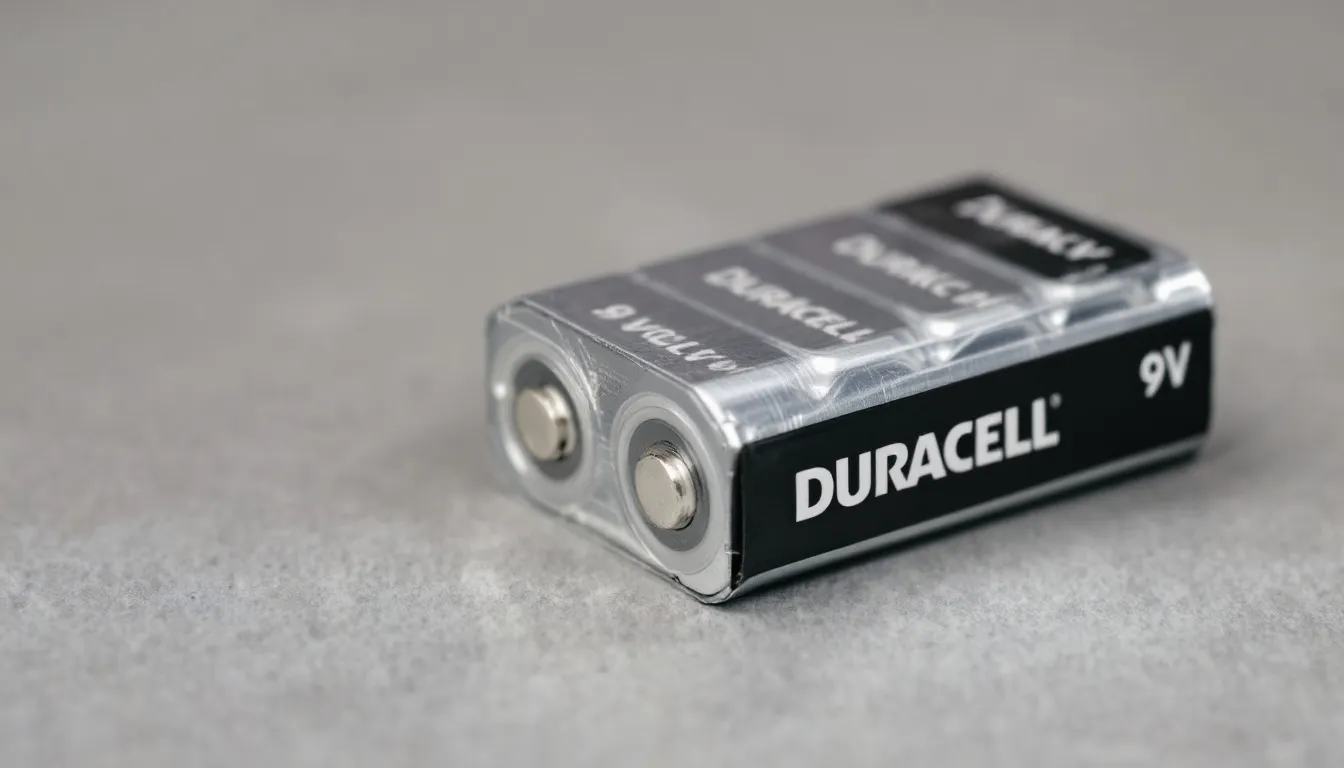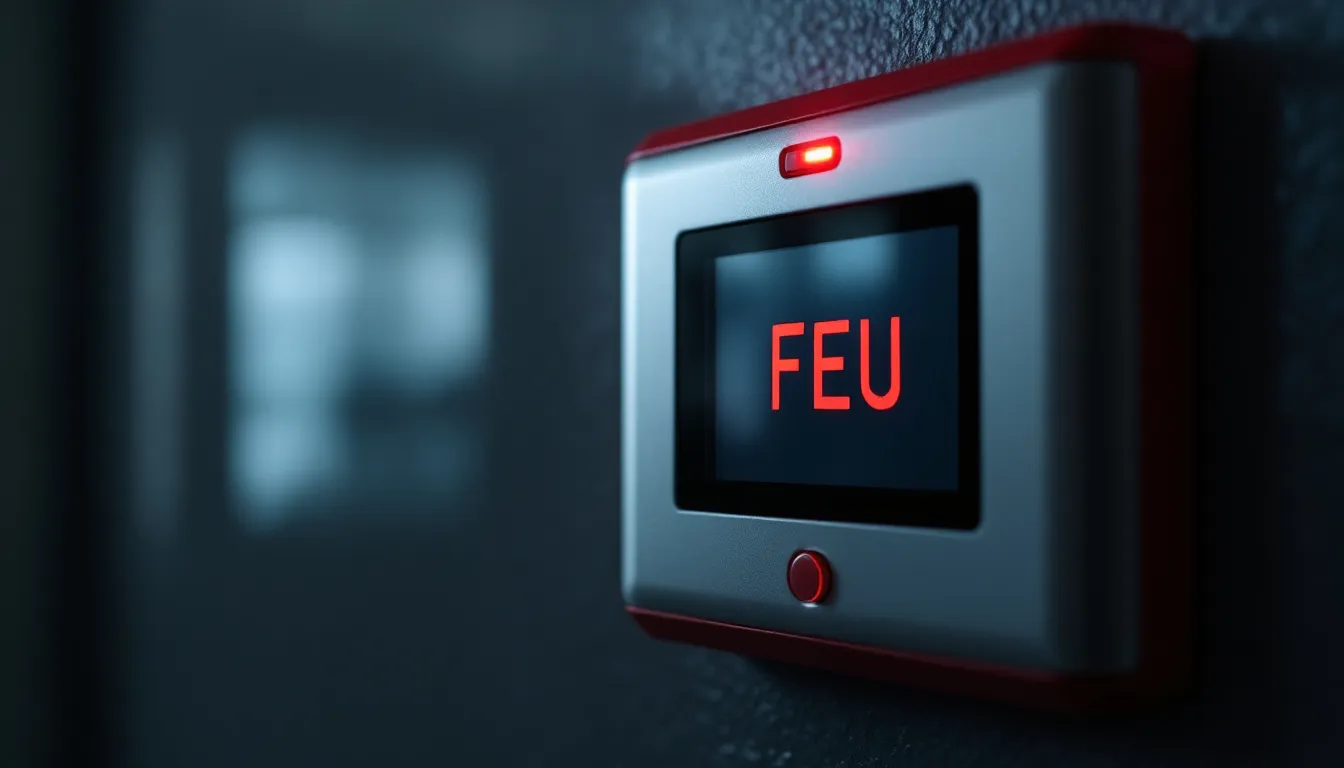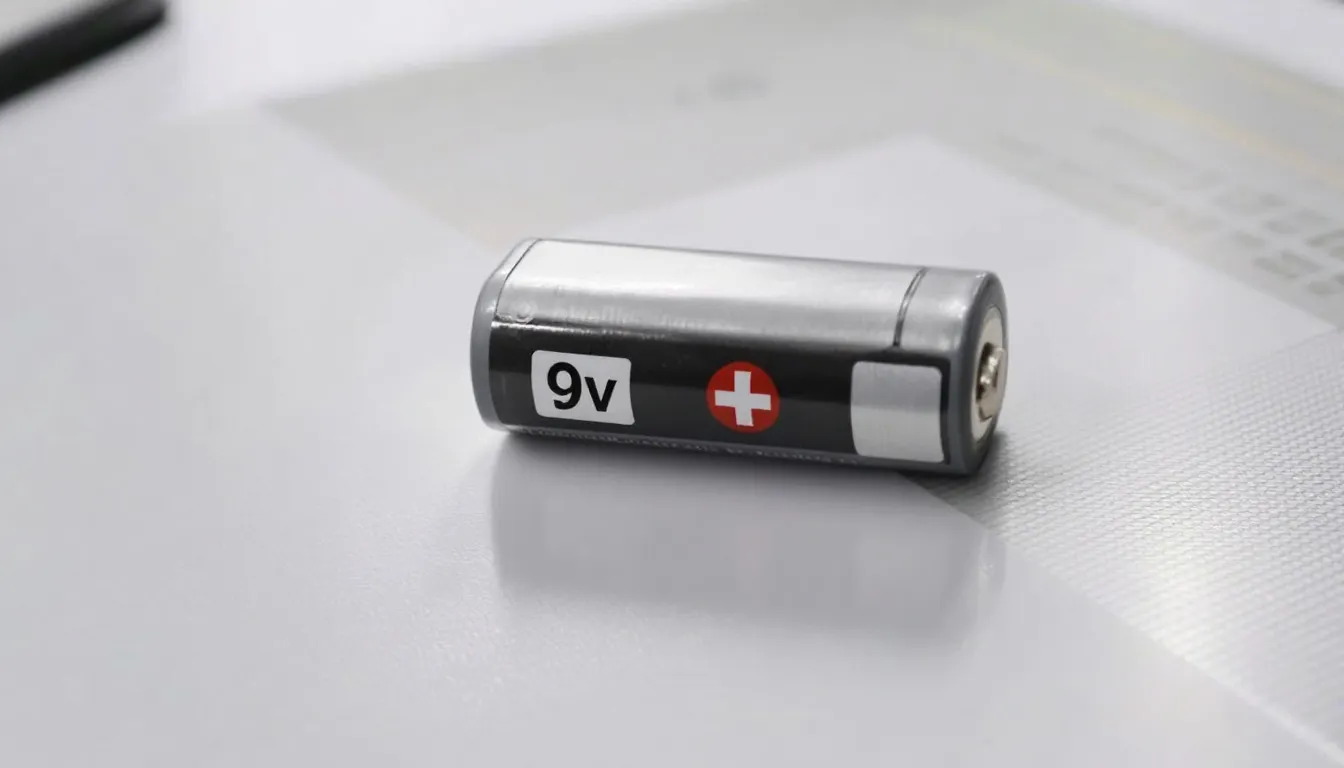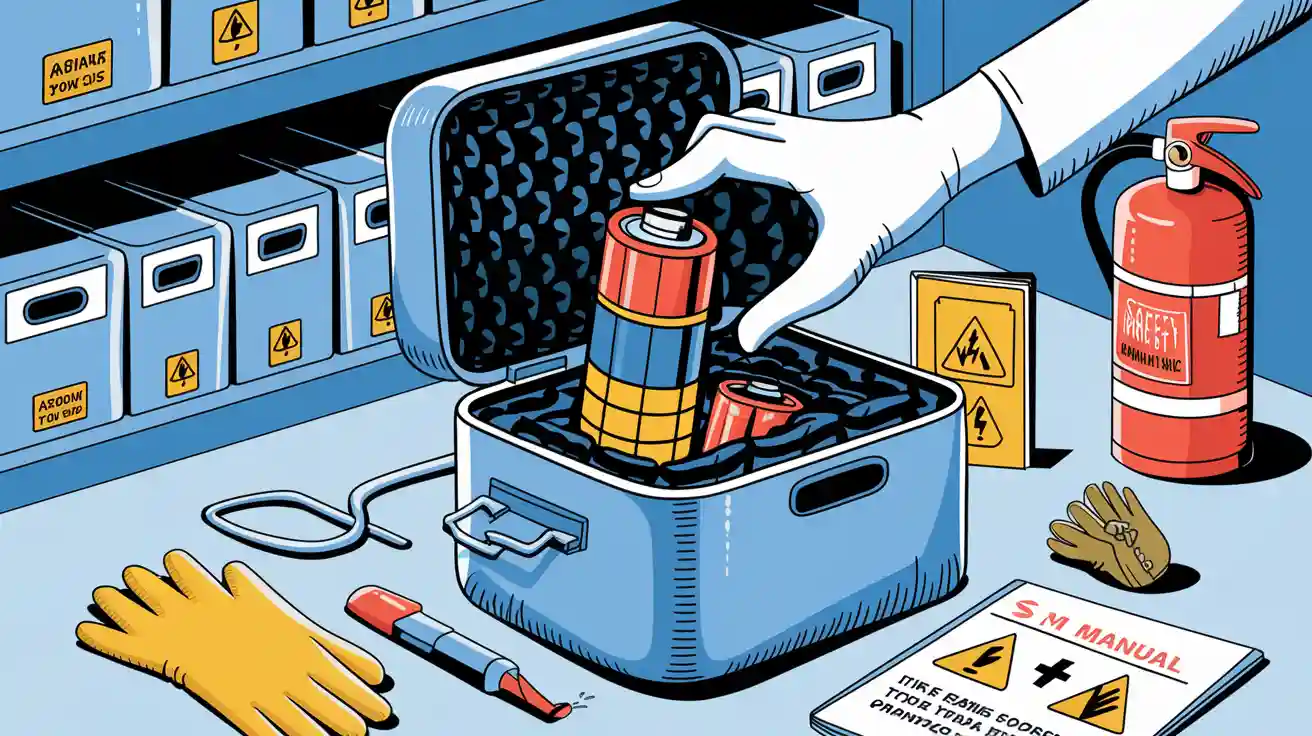Contents
Introduction to Alarm Batteries

Every fire alarm control panel must include a backup battery to maintain system readiness during power interruptions. Under NFPA 72, batteries are sized to provide at least 24 hours of standby power followed by 5 minutes of full alarm load. It is important to change these batteries regularly to ensure optimal functionality. Understanding battery types and their functions is important for ensuring the effectiveness of smoke alarms. UPS Battery Center manufactures high quality, low maintenance batteries compatible with most fire alarm control panels. Exposing batteries to extreme temperatures can significantly reduce their efficiency and lifespan, so proper storage and usage conditions are essential.
These batteries ensure that smoke detectors, manual pull stations, notification devices, and supervisory circuits remain functional, protecting life and property until normal power is restored. A dead or malfunctioning battery will leave your fire alarm unprotected. Manufacturers play a crucial role in producing reliable fire alarm systems, emphasizing the need for high-quality batteries. Interstate Batteries has a 7-Point Quality Assurance process that ensures every battery for fire and security is tested, providing added reliability.
Types of Batteries

Sealed Lead-Acid (SLA)
SLA batteries are the industry standard for fire alarm panels due to their proven reliability, moderate cost, and ability to deliver high discharge currents. Common nominal voltages are 12 V, with capacities ranging from 7 Ah (for small panels) up to 33 Ah or more for large systems. Power Patrol® by Interstate Batteries is a sealed lead-acid (SLA) battery specifically designed to optimize performance for fire and security systems. Sealed lead-acid batteries reduce maintenance needs and enhance overall business efficiency, making them essential components for reliable fire and security systems. Lithium-ion batteries have become a staple in modern electronics, offering high energy density and long cycle life.
Alkaline
Alkaline cells (9 V, AA, AAA) are used in standalone smoke and CO detectors. They’re inexpensive and widely available, but require frequent replacement—typically every six months. It is important to consistently check and replace these batteries to ensure the reliability of your smoke detectors. While 9V has been the battery of choice for smoke alarms for many years, modern smoke detectors now commonly utilize two or three AA batteries due to their higher energy capacity. Changing smoke detector batteries is recommended during Daylight Saving Time changes to ensure they remain functional.
Lithium & Lithium-Iron Phosphate (LiFePO₄)
Long-life lithium batteries, with a lifespan of 10 years, power 10-year sealed smoke alarms and some control panels. They offer stable voltage, wide temperature tolerance, and minimal maintenance, but come at a premium cost. 10-Year Sealed Battery Smoke Alarms eliminate the need for battery replacements. The long lifespan of lithium batteries means less maintenance and increased convenience for users. Ten-year alarms have an end-of-life warning to signal when the unit needs to be replaced, ensuring continued safety.
Smoke Alarm Battery Options
- Disposable 9 V Alkaline: Traditional choice, replaced every 6 months; nominal capacity ~500 mAh. Selecting the right battery for your smoke alarm is crucial to ensure optimal performance and reduce maintenance costs. Most smoke detectors have transitioned from using 9V batteries to utilizing AA batteries due to their greater energy efficiency.
- AA/AAA Alkaline: Newer detectors may use two or three AA cells, offering up to three times the energy of a 9 V.
- 10-Year Sealed Lithium: Built into photoelectric/ionization alarms for a full decade of maintenance-free operation.
- Rechargeable LiFePO₄: Emerging option for both detectors and small panels; features integrated BMS and extended cycle life. Smoke detectors play a vital role in alerting users to potential dangers, such as fires or carbon monoxide, making reliable battery performance essential. It is important to regularly check and replace smoke detector batteries to ensure safety. Old batteries should be checked for leakage or corrosion before replacement to avoid potential hazards.
Fire Alarm Battery Characteristics

Capacity & Sizing
Battery capacity (Ah) is calculated as:
| Ah_required = 1.2 × (Standby_current (A) × 24 h + Alarm_current (A) × Alarm_duration (h)) |
|---|
For example, a panel drawing 0.25 A standby and 2 A in alarm needs: Ah = 1.2 × (0.25 A × 24 + 2 A × 0.083) ≈ 7.5 Ah, so a 12 Ah battery is recommended.
Ensuring proper battery function is crucial for fire alarms to accurately detect and alert users to danger, preventing false warnings or failure to warn during emergencies.
Typical Sizes & Dimensions
- 12 V 7 Ah (5.94″ × 2.56″ × 3.7″): Standard for small residential/commercial panels. It is important to regularly check the battery status to be prepared in case of a malfunction.
- 12 V 18 Ah: Used in mid-range systems for longer standby or additional devices.
- 12 V 33 Ah (6.72″ × 6.25″ × 6.5″): Large installations requiring extended run times.
Key Features
Maintenance-Free: SLA and sealed lithium batteries need no watering or electrolyte checks.
Temperature Tolerance: SLA typically –20 °C to 50 °C; LiFePO₄ extends beyond these ranges.
Safety Mechanisms: Integrated BMS in LiFePO₄ and thermal fusing in SLA prevent overcharge and thermal runaway.
Selecting the right battery is crucial for optimizing device performance and overall business operations, as it directly influences business efficiency, reduces service calls, and enhances the reputation of the business. Reliable smoke and carbon monoxide detectors are designed to protect homes and families from fire hazards and CO exposure.
Fire Safety Regulations and Standards
- NFPA 72: Mandates 24 h standby + 5 min alarm capacity, annual battery testing, and replacement when capacity falls below 80 % of rated.
- UL 864: Lists secondary batteries for fire alarm systems; batteries must be from a UL-listed manufacturer and match panel specifications.
- Transportation & Local Codes: UN 38.3 for shipping, plus municipal fire marshal requirements may dictate battery access and placement. In certain areas of the country, having a 10-year sealed battery smoke alarm is mandatory, encouraging users to consult a map for their state’s specific legislation. Additionally, NFPA 855 lithium battery standards ensure safe installation and operation of energy storage systems.





